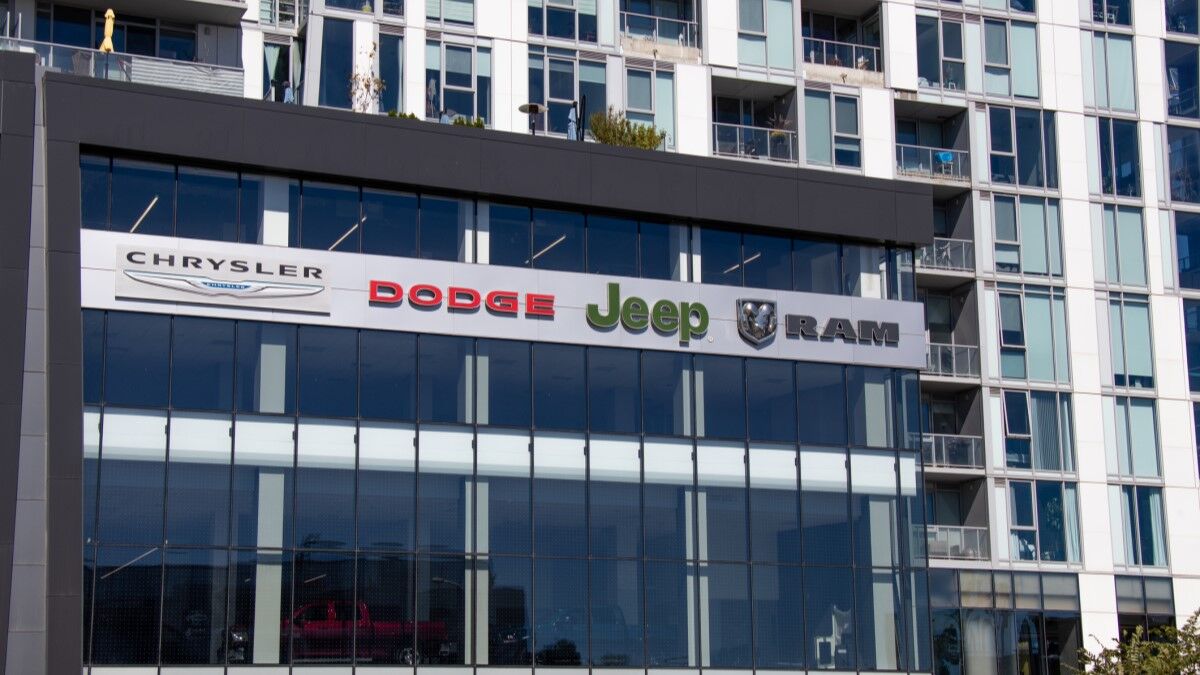Have you purchased a new crossover utility vehicle within the past two years? You certainly aren’t alone. According to the latest data from IHS Automotive, non-luxury compact SUVs have claimed the largest share of new vehicle registrations at 15.7 percent, through August 2014 in the U.S. light vehicle market.
Previous frontrunners, non-luxury compact and midsize sedans, were eclipsed for the first time earlier this year and now slot in behind these compact utes by a small margin, at just 15.5 percent and 15.4 percent, respectively. Moreover, the data displays the stark 4.4 percent growth of the crossover market over the past five years, up from only 11.3 percent in 2009, while the market share of compact and midsize sedans has remained relatively stagnant.
Buyers want it all
Spurred no doubt by the fall of high gas prices, the growth of the crossover SUV can be related to the notion that today’s consumers aren’t looking to diversify their garage, but rather consolidate it with a comprehensive one-size-fits-all vehicle, ideal for a range of lifestyles.
"You have the combination of two concepts, the car and the SUV, and that really connects with the consumer," explains Tom Libby, Solutions Consultant in Loyalty Practice at IHS. "Crossovers feature a car-like ride that you get from a unibody construction, but then add the high seating position of an SUV, which is very appealing to people."
Other factors include the allure of optional all-wheel-drive, the higher ground clearance and greater functionality associated with SUVs, as well as the fuel efficiency and size of more compact vehicles.
Also: The Class of 2015 — New Vehicles Ready to Roll
While still a relatively small segment with a 1.3 percent share of new vehicle registrations, the luxury crossover SUV has become a rapidly growing category. Sales of these vehicles have effectively doubled since 2009, up from just 0.6 percent. Successes such as the BMW X3 and Audi Q5 have catapulted the luxury compact SUV to fourth most popular within the luxury segment, behind midsize sedans, compact sedans, and midsize SUVs.
Segment overload
If current growth rates persist, nearly one in every five vehicles sold domestically by 2020 will be a car-based crossover SUV, however the segment’s drastic growth is predicted to taper off over the coming years.
"It’s feeding on itself," notes Libby. "Because the market is doing so well, every manufacturer has had to get in, and the market will become saturated. You see companies with obsolete products that weren’t in the segment now coming out with competitive products."
In fact, in some cases segment leaders like the Honda CR-V will now have to compete in-house against even smaller SUV newcomers like the upcoming HR-V. This new generation of subcompact vehicles, which also includes the Chevy Trax and Buick Encore, could cannibalize sales of larger compact SUV counterparts.
"At that point, your rate of increase in the segment declines. This segment will not keep going up at the same rate it has been, but it will remain a very strong segment among the leaders."
In terms of overarching body styles, the sedan market maintains a slim lead over the combined crossover and traditional SUV body styles at 36.5 percent to 34.5 percent, respectively. This combined segment has grown 5.6 percent from 2009 compared to sedans, which have dropped 2.5 percent.
SUV pricing up, midsize sedans down
The end result for consumers will be higher prices on crossovers at the dealership. According to the latest KBB data, the average transaction price for compact SUVs and crossovers has risen 3.3 percent over the past year, from $25,972 to $26,819.
Conversely, consumers are paying on average slightly less for midsize cars. The transaction price of traditional midsize sedans has dropped by 0.6 percent to $24,941 over the past year. In 2013, the transaction gap between crossovers and midsize cars was less than $1,000; now the gap has grown closer to $2,000.
Popular at KBB.com
10 Best Sedans Under $25,000
10 Best SUVs Under $25,000
The 40 MPG Cars of 2014


-180.jpg)








